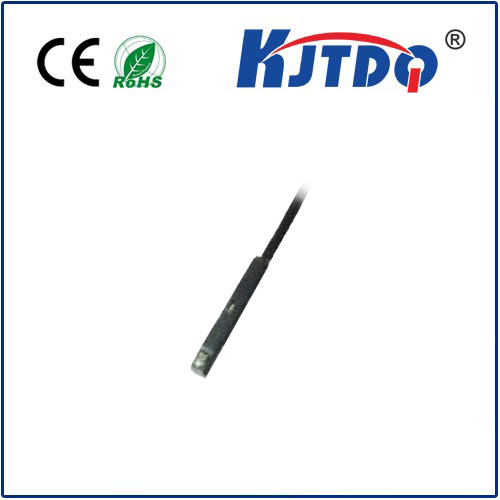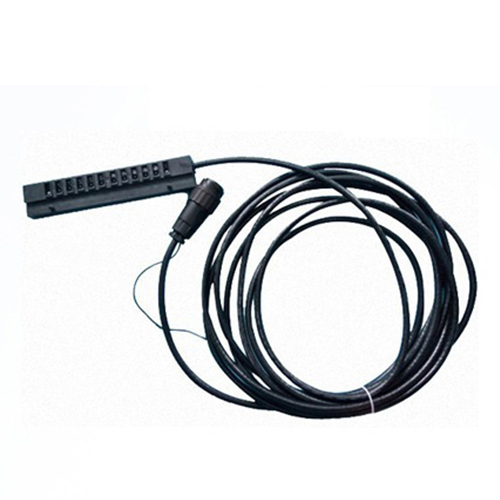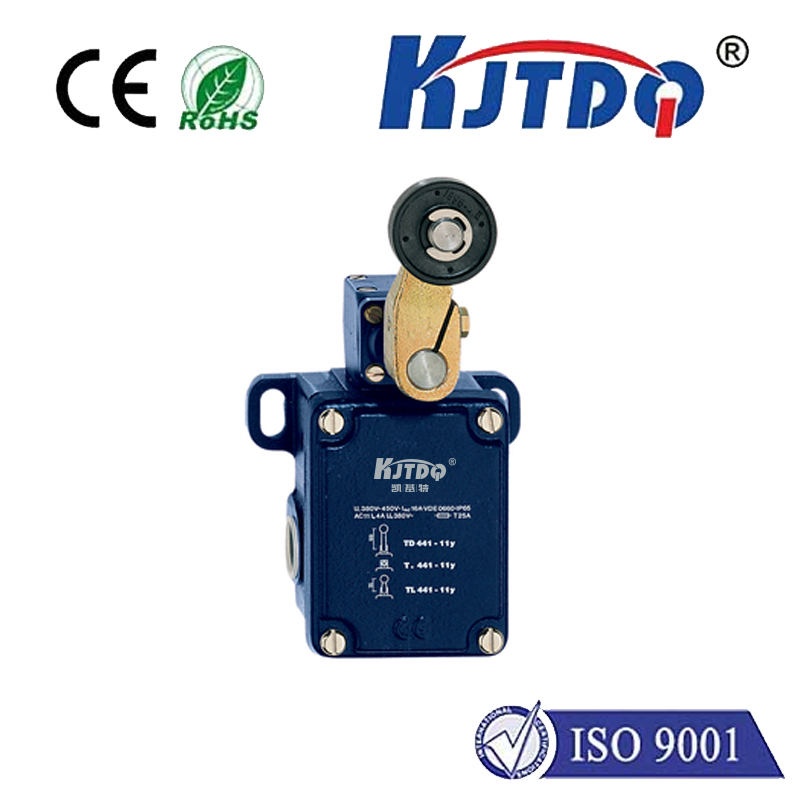vibration proximitor proximity sensor
- time:2025-06-27 00:56:18
- Click:0
The Vital Duo: How Vibration Proximity Sensors Power Predictive Maintenance
Imagine the shuddering halt of a multi-million dollar turbine. Production lines silent, deadlines missed, emergency crews scrambling. Often, this catastrophic scenario stems from a simple, preventable cause: undetected vibration or misalignment in critical rotating machinery. Preventing such disasters hinges on seeing the unseen and feeling the unfelt. This is the domain of vibration proximity probe systems, the unsung heroes safeguarding industrial reliability.
More Than Meets the Eye: Demystifying Vibration Proximity Sensors
While the term “vibration proximitor proximity sensor” isn’t standard industry nomenclature, it precisely points to a critical class of instrumentation: eddy current proximity probe systems. These aren’t simple standalone sensors; they form a sophisticated system comprising three essential parts:
- The Probe: Mounted close to the target (usually a rotating shaft), this sensor emits a high-frequency magnetic field. Changes in the distance to the conductive target alter the field strength.
- The Proximitor (or Driver/Amplifier): This is the “brain” of the system. It powers the probe, converts the probe’s raw signal into usable electrical data (primarily voltage proportional to distance – the proximity function), and crucially, also provides the vibration signal representing the shaft’s dynamic motion relative to the probe.
- The Cabling: High-quality, shielded coaxial cable is vital for signal integrity between the probe and proximitor, especially in electrically noisy industrial environments.
This integrated system delivers two fundamental measurements from a single point: shaft relative position (proximity) and shaft relative vibration. Understanding this dual-output capability is key.

The Dual Superpowers: Proximity & Vibration Explained
- Proximity Measurement (Gap/Distance):
- Function: Measures the static (DC) distance or gap between the probe tip and the target surface. Think of it as an incredibly precise micrometer.
- Critical Applications: Determining exact bearing clearances (e.g., thrust position), detecting slow-roll runout during alignment, monitoring shaft position within bearings (e.g., float), and identifying eccentricity. It’s essential for understanding the static geometric state of the machine.
- Key Benefit: Provides baseline position data crucial for proper installation and detecting gradual drift or position changes indicative of wear or thermal growth.
- Vibration Measurement (Dynamic Motion):
- Function: Measures the dynamic (AC) motion of the target surface relative to the probe. This captures the shaking, oscillating movement of the rotating shaft itself.
- Critical Applications: Quantifying overall vibration levels, analyzing vibration spectra (using tools like Fast Fourier Transform - FFT) to pinpoint specific fault frequencies (unbalance, misalignment, bearing defects, looseness, rubbing), and monitoring shaft orbit patterns.
- Key Benefit: Offers direct insight into the dynamic health of the machine, enabling early detection of developing mechanical issues long before catastrophic failure.
Why This Combined Measurement is Revolutionary in Industry
The synergy between proximity and vibration data is where this system delivers unparalleled value for predictive maintenance (PdM) strategies:
- Distinguishing Static vs. Dynamic Issues: Is the problem a shifted bearing (visible in proximity DC gap) or severe unbalance (dominant in vibration AC signal)? The system tells you immediately.
- Accurate Phase Reference: Proximity probes are vital for capturing Keyphasor® signals (a once-per-revolution timing pulse). This allows vibration analysts to determine the phase angle of vibration peaks relative to a fixed point on the shaft, essential for precise balancing and diagnosing specific fault types like unbalance direction or crack detection.
- Orbit Analysis: By combining X and Y axis proximity/vibration data (requiring two perpendicular sensors), detailed shaft orbit plots can be generated. These complex pictures reveal interactions between forces and clearances impossible to glean from vibration alone.
- Thrust Position Monitoring: Dedicated probes directly measure axial shaft position within thrust bearings, critical for preventing catastrophic wipeout in turbines, compressors, and large pumps.
Where Vibration Proximity Probe Systems Are Indispensable
These systems are the backbone of condition monitoring for high-speed, high-value rotating assets:
- Steam & Gas Turbines: Monitoring radial vibration, thrust position, eccentricity, and shaft bending.
- Centrifugal Compressors: Essential for detecting rotor instability, surge conditions, and misalignment.
- Large Electric Motors & Generators: Monitoring critical vibration and air gap consistency.
- Pumps & Gearboxes: Detecting unbalance, misalignment, bearing wear, and gear mesh issues.
- Hydro Turbines: Measuring shaft runout, vibration, and wicket gate linkage positions.
The Path to Reliability: Implementing Effective Monitoring
Integrating vibration proximity probe systems effectively requires consideration:
- Sensor Selection: Choosing the right probe (size, temperature rating), compatible proximitor, and high-quality cabling tailored to the machine and environment.
- Precise Installation: Probe gap voltage must be set correctly (Gap Voltage). Mounting must be robust and stable. Target surface area and finish (recommended 32-64 microinch RMS) are critical for signal accuracy.
- Calibration: Regular system calibration ensures measurement fidelity.
- Data Integration & Analysis: Signals feed into condition monitoring systems and/or protection systems for continuous monitoring, alarming, and sophisticated diagnostic analysis by vibration analysts.
The Bottom Line: Preventing Failure, Maximizing Uptime
Vibration proximity probe systems transcend simple sensing. They are sophisticated diagnostic tools providing the fundamental data streams – relative position and relative vibration – that form the bedrock of modern predictive maintenance. By continuously revealing the subtle language of machine health through both DC gap voltage and AC vibration voltage, they empower engineers to move from reactive firefighting to proactive stewardship. Investing in robust vibration proximity monitoring is an investment in reduced unplanned downtime, lower maintenance costs, enhanced safety, and maximized asset lifespan. In the relentless pursuit of operational excellence, these sensors are truly the vigilant guardians at the heart of the machine.















